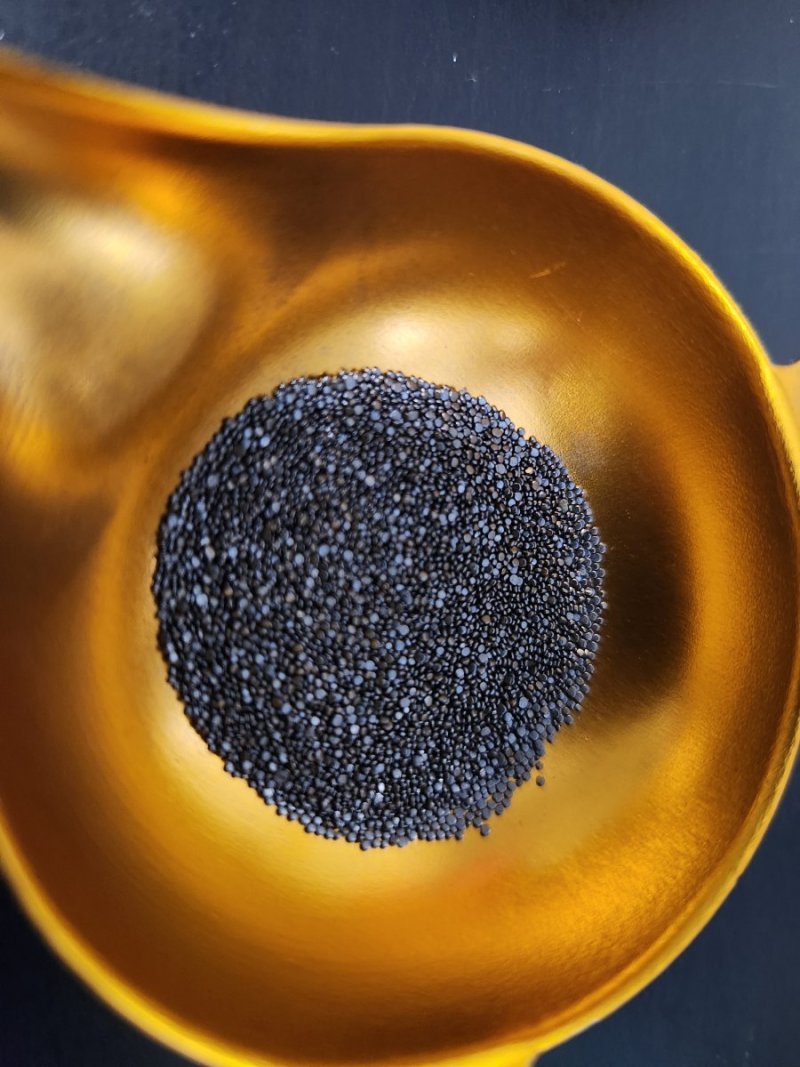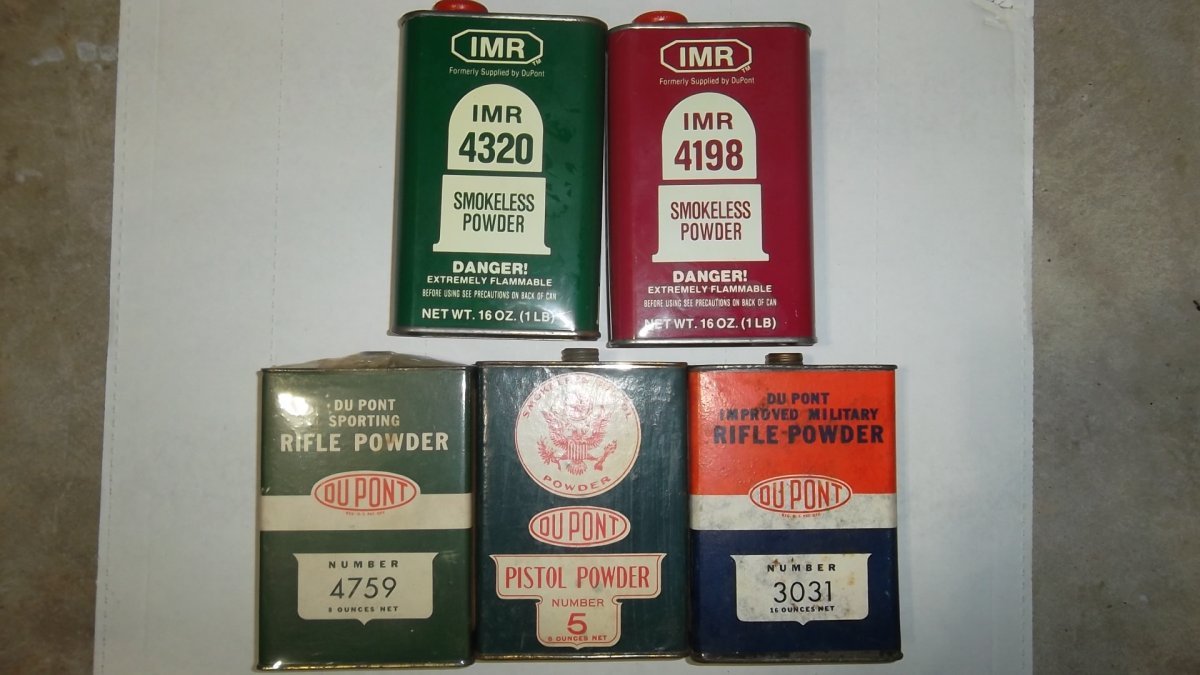I would imagine it would have some kind of anti-moisture lining in that cardboard Barrel.
Navigation
Install the app
How to install the app on iOS
Follow along with the video below to see how to install our site as a web app on your home screen.
Note: This feature may not be available in some browsers.
More options
-
ODT Gun Show this Saturday! - Click here for info and tickets!
You are using an out of date browser. It may not display this or other websites correctly.
You should upgrade or use an alternative browser.
You should upgrade or use an alternative browser.
Powder age
- Thread starter greg vess
- Start date
As long as you've managed to store the powder in a low- to moderate-humidity environment and in non-extreme temperatures, powder will last decades. You'll know if it's gone off because the inside of the container won't look 'clean' - it'll sometimes be stained brown from the nitrogen oxides that get given off when it degrades.
Obviously, if it's clumping, some degradation has occurred, but if it has maintained its original granular structure, you're probably OK.
Obviously, if it's clumping, some degradation has occurred, but if it has maintained its original granular structure, you're probably OK.
It is now -- but was in paper/cardboard till i moved here from calif 7 years ago -
modern powder stoed in metal - paper now plastic - no worries
modern powder stoed in metal - paper now plastic - no worries
I couldn't believe it when I saw the price tag was $15.95. I bought 3 lb of xbr8208 the other day and it was 55 bucks a pound. The cheapest powder on the shelf they had was $45 a pound. But I mean you can't argue with that because if you try to buy it online the hazmat fees just knock you off your feet!
Probably sometime in the mid-1980's then
I just read a cool bit of trivia. I'm going to start reloading 30-06 and 308 and I just pulled up online what's a good powder to use for both. It led me to a forum about the testing of a new 30 cal round which was to be the .308. They used IMR 4895. It was also suggested that was the powder of choice in the Garand match events " proof of its 30-06 loading compatibility ".
The testing was done at Aberdeen proving ground by Frankford Arsenal which was in Aberdeen Maryland about 7 miles from where I lived from 1986 to 1989. This 30 caliber short round was given the abbreviation T65 " T for test round " which eventually switched from Frankford Arsenal to Remington Arms and then became T65E which was the .308... Formal standardization of this being a military cartridge was complete in 1954. Cool bit of trivia. That's a oversimplification of the process but basically gives you the idea of how it came about.
The testing was done at Aberdeen proving ground by Frankford Arsenal which was in Aberdeen Maryland about 7 miles from where I lived from 1986 to 1989. This 30 caliber short round was given the abbreviation T65 " T for test round " which eventually switched from Frankford Arsenal to Remington Arms and then became T65E which was the .308... Formal standardization of this being a military cartridge was complete in 1954. Cool bit of trivia. That's a oversimplification of the process but basically gives you the idea of how it came about.
Then it should be good to go. I did take the cap off but it still has the factory seal and I didn't want to take that off until I get ready to use it.As long as you've managed to store the powder in a low- to moderate-humidity environment and in non-extreme temperatures, powder will last decades. You'll know if it's gone off because the inside of the container won't look 'clean' - it'll sometimes be stained brown from the nitrogen oxides that get given off when it degrades.
Obviously, if it's clumping, some degradation has occurred, but if it has maintained its original granular structure, you're probably OK.
Appreciate the info guys. Looks like there are a few of us sleepless gents on here tonight.
I have some powder I bought in the early 90's that has a $12.95 price tag on it. I have 3031 in tins with $7.95 on the tag. 2400 in a huge 20# cardboard container. Bullseye in a 15# metal tin that looks like a cartoon explosives container.Probably sometime in the mid-1980's then
All kept dry and all work & meter fine. Never had any old powder fail to deliver velocities expected.
I have some powder I bought in the early 90's that has a $12.95 price tag on it. I have 3031 in tins with $7.95 on the tag. 2400 in a huge 20# cardboard container. Bullseye in a 15# metal tin that looks like a cartoon explosives container.
All kept dry and all work & meter fine. Never had any old powder fail to deliver velocities expected.
One bit of advice I did get from an old guy I was talking to - as soon as you break the seal on a jug or jar of powder, drop in a silica gel bag.
Quick and easy way to cut down on humidity, which is the second biggest enemy after temperature.
I recently used and entire metal can of IMR 3031 loading .308. It had an old price tag on it indicating something less than $20....I don't remember exactly. I'm guessing the powder was manufactured back in the 90's, but it had been properly stored. The ammo ran perfectly and chrono'd dead on book velocity.









